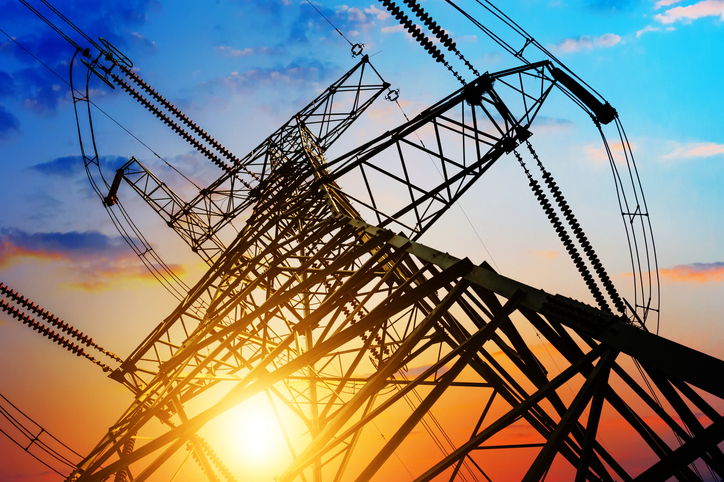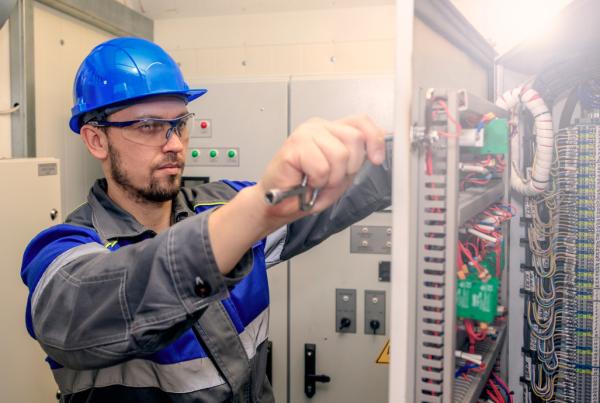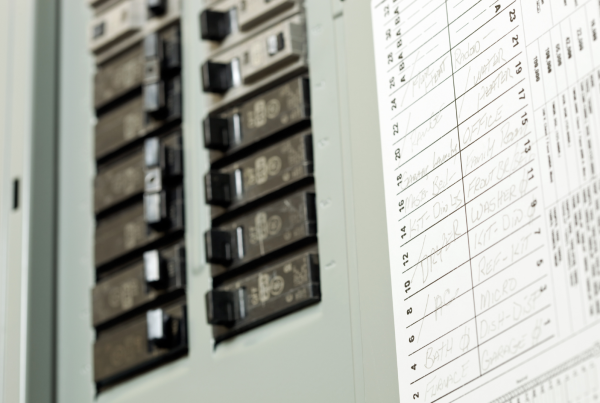For those of you who travel a lot or have ever spent time near transmission towers and electrical systems, you may have seen that luminous ‘glow’ on the lines. This is known as the corona effect, and electrical contractors need to be particularly careful about this discharge.
This is because as the high voltage within transmission lines comes into contact with air before contacting the conduction points, air acts as a dielectric medium or insulator. If the current within is DC, you simply hear a pop sound followed by a buzz, but if the voltage is alternating in nature, the charging current ends up increasing transmission line voltage.
If the electric field intensity around the conductors is less than 30kV, you may not see this phenomenon. This is precisely why you won’t experience the corona discharge within the city or near residential areas. When the field is beyond the 30kV mark, it means that the air between the conductors becomes “ionized”.
That spark and luminosity you see is the process of electric current brute-forcing its way through the insulation (air) towards the conductor.
So let’s take a closer look at the corona effect, particularly how it is formed, factors that affect it, the disadvantages of it and problems it causes, and what can be done to minimize it.
What Causes the Corona Effect in Electrical Systems?
One of the best insulators out there is wood, but if you try to pass a high-enough voltage through it, the veins within will start burning and eventually create a path for electricity to flow. (An interesting video example of flow lines being burned in wood can be seen here.)
Air is not a perfect insulator. An electric field uses the ions and free electrons in the air to pass electricity through the air using brute force. The colliding molecules get energized and create the corona effect.
This is affected by:
- Supply voltage: High voltage means more ionization.
- Conductor surface: Smooth conductors mean higher corona loss, but better transmission as well.
- Air density: Denser air means less corona loss
- Electrical system voltage: The electric field intensity around the conductors.
- Conductor distance: More distance means less corona loss, but it also means transmission inefficiencies.
Disadvantages and Problems associated with Corona Discharge
- The glow and sparks lead to power loss
- Vibrations on the transmission lines, which lead to loss and may impact line integrity
- Conductors may corrode over time because of the ionization
- May lead to voltage drops
- Decreases efficiency
- Introduces signal interference.
How to Minimize Corona Effect on Transmission Lines
Electrical contractors need to be careful when looking to decrease the effect of corona on transmission lines. Possibilities include, but should be very carefully considered:
- Increasing conductor diameters
- Increasing voltage between the conductors
- Increasing spacing between conductors
The corona effect might not seem like much but if it keeps on happening at every conductor in transmission lines, it could lead to a lot of abnormal electrical loss and impact a utility firm’s bottom line. If you are looking to learn more about the corona effect, get in touch with Skyline electrical contractors. We would be happy to help you learn more about the phenomenon, or help repair or maintain your electrical systems in any way we can.




